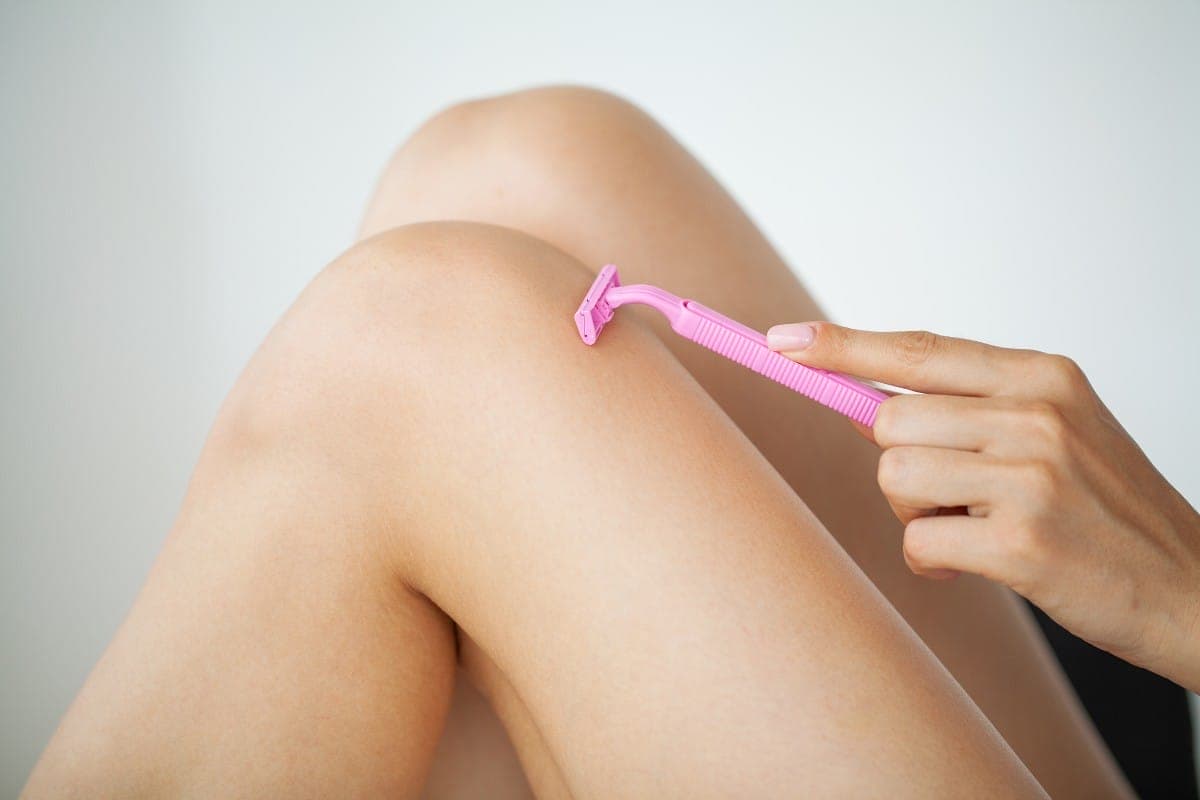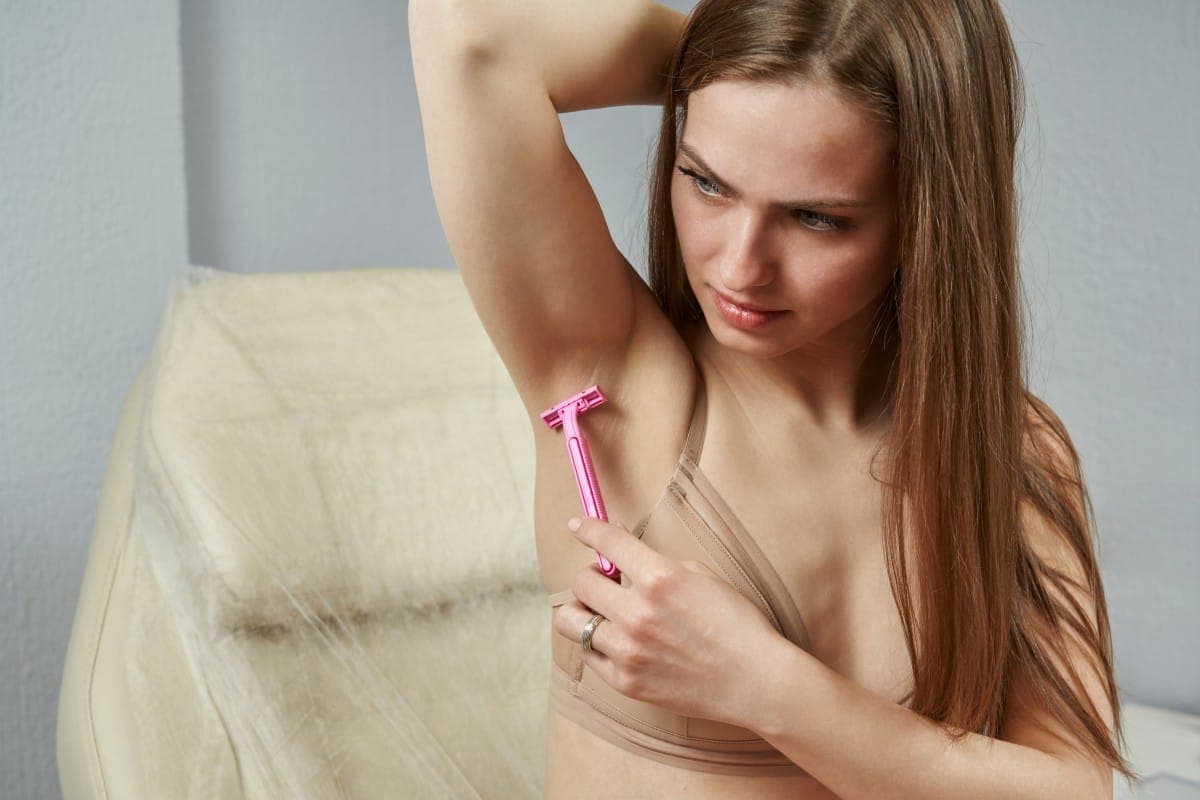Skincare
Exploring the Benefits and Drawbacks of Shaving Body Hair
Shaving body hair has become a common grooming practice, embraced by many for various reasons. While some people shave their arms, legs, and underarms for aesthetic purposes, others do so for comfort or hygiene. However, this practice comes with its own set of advantages and disadvantages. Understanding these can help individuals make informed decisions about their personal grooming habits.
Benefits of Shaving
One of the primary reasons people choose to shave is the smooth, hair-free skin it provides. This can be particularly appealing during warmer months when more skin is exposed. Many find that smooth skin looks and feels better, which can boost confidence. Additionally, some athletes shave to reduce friction and improve performance, especially in sports like swimming and cycling.
Shaving can also be a matter of hygiene for some. Hair can trap sweat and bacteria, which may lead to odor. By removing hair, individuals can reduce the likelihood of this issue. This is particularly relevant for underarm hair, where sweat glands are abundant. Keeping this area hair-free can make antiperspirants and deodorants more effective, leading to a fresher feeling throughout the day.
Another benefit is the potential reduction in body heat. Hair can act as an insulator, retaining heat close to the skin. For individuals living in hot climates or those who are physically active, shaving can help keep the body cooler. This can contribute to overall comfort, particularly during intense exercise or in high temperatures.
Drawbacks of Shaving
Despite the benefits, shaving also has several drawbacks. One of the most common issues is skin irritation. Shaving can lead to razor burn, nicks, and cuts, especially if done hastily or with a dull blade. This can cause discomfort and, in some cases, may result in infections if the skin is not properly cared for post-shave.


Another significant drawback is the frequency with which shaving needs to be done. Hair grows back relatively quickly, meaning that maintaining smooth skin requires regular upkeep. This can be time-consuming and may become a chore for those with busy schedules. Additionally, the regrowth process can be uncomfortable, as stubble can be itchy and prickly.
There is also the potential for ingrown hairs, particularly in areas where hair is coarse or curly. Ingrown hairs occur when hair grows back into the skin rather than out of it, leading to painful bumps and sometimes infections. This issue is more common in areas like the underarms, where the skin is more sensitive and the hair tends to be thicker.
Considering Aesthetic Preferences
Aesthetic preferences play a significant role in the decision to shave or not. For many, smooth, hair-free skin is synonymous with beauty and femininity. This perception is often reinforced by media and societal standards. However, these standards are subjective and can vary widely across different cultures and communities.
It’s important to recognize that body hair is natural and that preferences regarding its removal are personal. Some people feel more comfortable and confident with their natural hair, while others prefer the look and feel of shaved skin. There is no right or wrong choice, and individuals should feel empowered to make decisions that best suit their personal preferences and lifestyle.
Impact on Skin Health
The impact of shaving on skin health is another consideration. While shaving can remove dead skin cells and provide a temporary exfoliating effect, it can also strip the skin of its natural oils. This can lead to dryness and make the skin more susceptible to irritation and environmental factors. Using moisturizing products post-shave can help mitigate these effects and keep the skin healthy.
For those with sensitive skin, shaving can exacerbate existing conditions like eczema or psoriasis. It’s crucial to use gentle shaving techniques and products designed for sensitive skin to minimize the risk of aggravation. Consulting with a dermatologist can provide personalized advice and recommendations for individuals with specific skin concerns.
Cost and Convenience
The cost and convenience of shaving are also factors to consider. While shaving is relatively inexpensive compared to other hair removal methods like waxing or laser treatments, it does require a continuous investment in razors, shaving creams, and aftercare products. These costs can add up over time, particularly for those who shave frequently.
On the convenience front, shaving can be done quickly and easily at home, making it a practical choice for many. However, the need for frequent maintenance can be a downside. For those seeking a more long-term solution, other hair removal methods might be worth exploring, despite their higher upfront costs and time investment.
Psychological and Social Factors
Psychological and social factors also influence the decision to shave. The pressure to conform to societal beauty standards can be significant, particularly for women. A survey by the American Laser Centers found that 85% of women feel pressured to remove body hair, primarily due to societal norms and expectations.
This pressure can impact self-esteem and body image, leading some to shave even if they prefer not to. On the other hand, some individuals find that shaving boosts their confidence and helps them feel more comfortable in their own skin. It’s essential to navigate these pressures and make choices based on personal preferences rather than external expectations.
Alternatives to Shaving
For those who find shaving unsatisfactory, several alternatives exist. Waxing, for instance, removes hair from the root, resulting in smoother skin for a longer period. However, it can be painful and may not be suitable for everyone. Sugaring is a similar method but is often gentler on the skin.
Laser hair removal offers a more permanent solution by targeting hair follicles to reduce hair growth over time. While effective, it requires multiple sessions and can be costly. It also may not be suitable for all skin and hair types. Electrolysis is another permanent method but can be time-consuming and expensive.
Depilatory creams are a less invasive option, dissolving hair at the skin’s surface. However, they can cause irritation and are not suitable for sensitive areas. Each alternative has its pros and cons, and individuals should weigh these against their personal preferences and needs.
Final Considerations
Ultimately, the decision to shave or not is highly personal. It involves weighing the benefits of smooth, hair-free skin against the potential drawbacks of irritation, cost, and maintenance. Individual preferences, lifestyle, and skin type all play crucial roles in this decision. Whether one chooses to shave, opt for another hair removal method, or embrace their natural hair, the most important factor is comfort and confidence in one’s own skin.




